Optimal Timing for Foundation Repairs
Foundation repairs are most effective when performed during specific times of the year, depending on weather conditions and soil stability. Proper timing can help ensure the longevity and success of the repair process.
Spring offers moderate temperatures and soil moisture levels, making it suitable for foundation work. However, heavy rains can delay projects.
Summers in Ohio generally provide warm, dry conditions that facilitate foundation repairs, though high temperatures may require additional precautions.
Fall can be an ideal time due to cooler temperatures and stable soil conditions, provided the weather remains dry.
Winter is typically less suitable due to freezing temperatures and frozen ground, which can hinder excavation and curing processes.
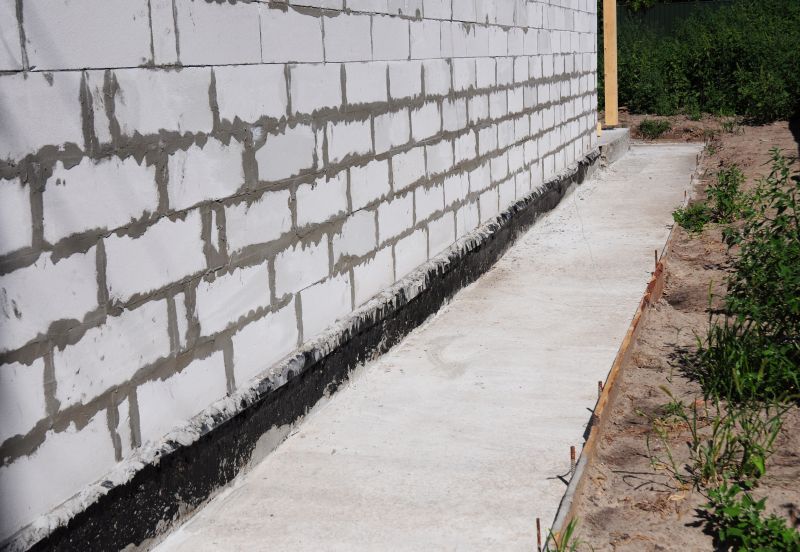
Springtime soil conditions are favorable for foundation stabilization projects.

Warm summer weather supports efficient foundation repairs in Ohio.
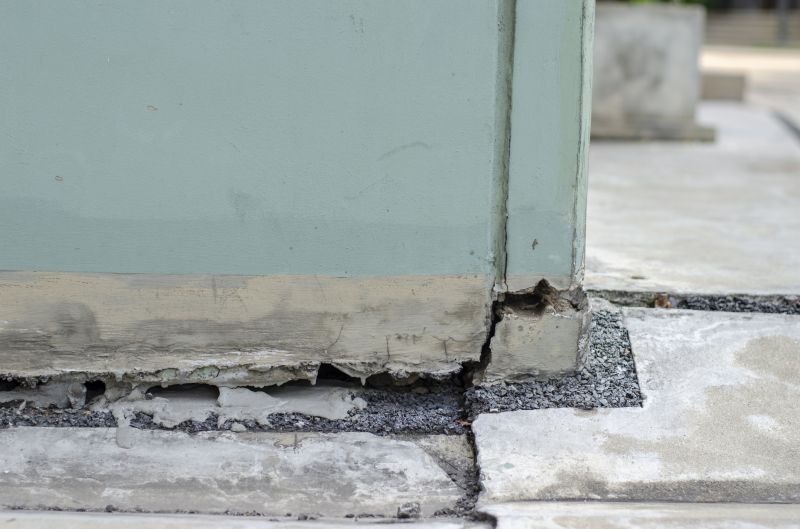
Autumn provides stable ground conditions for foundation improvements.

Ways to make Foundation Repairs work in tight or awkward layouts.
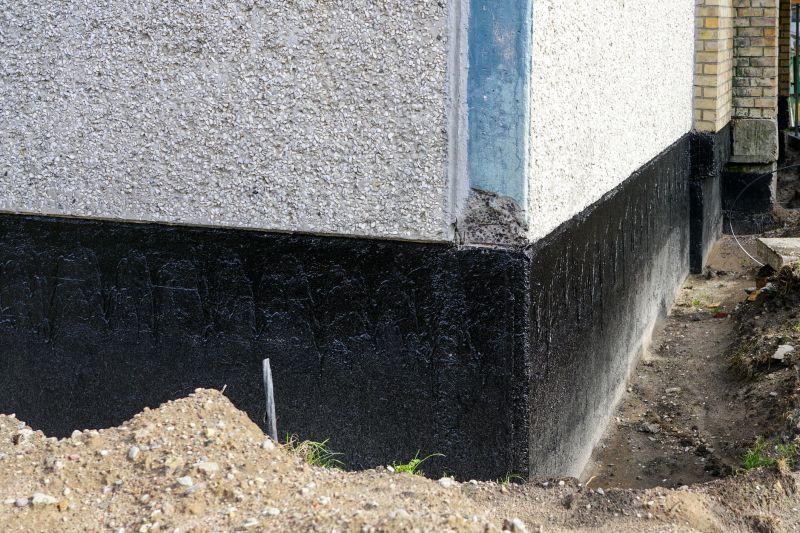
Popular materials for Foundation Repairs and why they hold up over time.
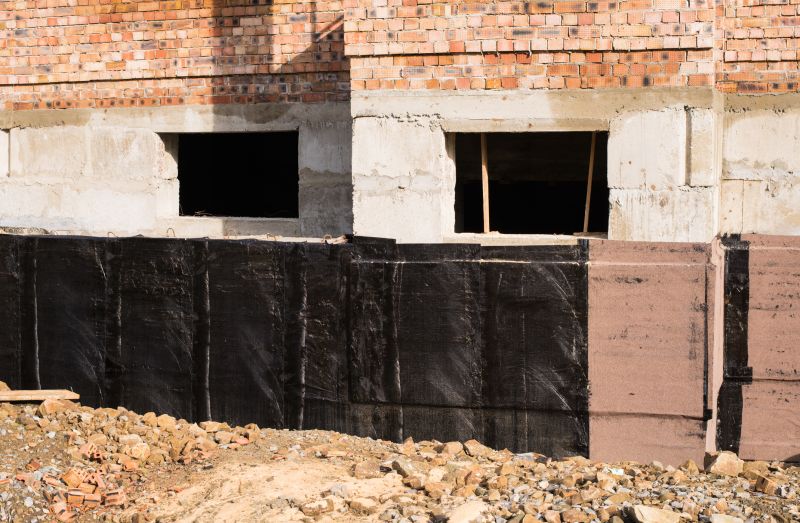
Simple add-ons that improve Foundation Repairs without blowing the budget.
| Season | Optimal Conditions |
|---|---|
| Spring | Moderate temperatures and moist soil |
| Summer | Warm, dry weather |
| Fall | Cooler temperatures and stable soil |
| Winter | Freezing temperatures and frozen ground |
Foundation repairs are essential for maintaining structural integrity and preventing further damage. Soil movement, water infiltration, and shifting ground are common causes of foundation issues. Addressing these problems promptly can prevent costly repairs and safety hazards. Statistics indicate that early intervention can extend the lifespan of a foundation by decades and reduce long-term maintenance costs.
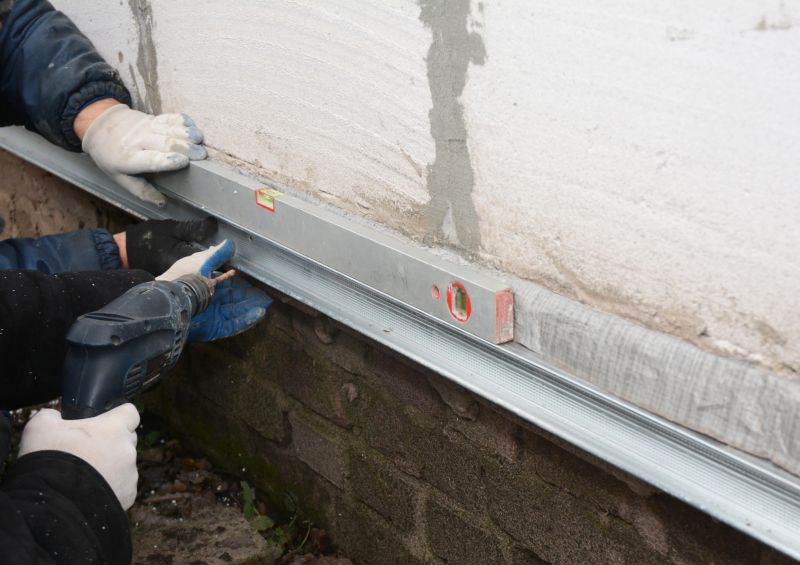
Proper repair techniques restore stability and prevent future shifting.
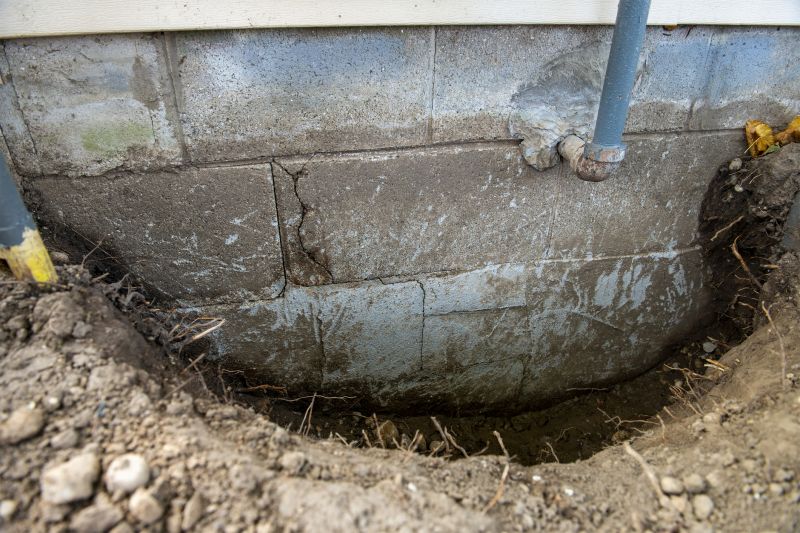
Visible cracks are often signs that repairs are needed.
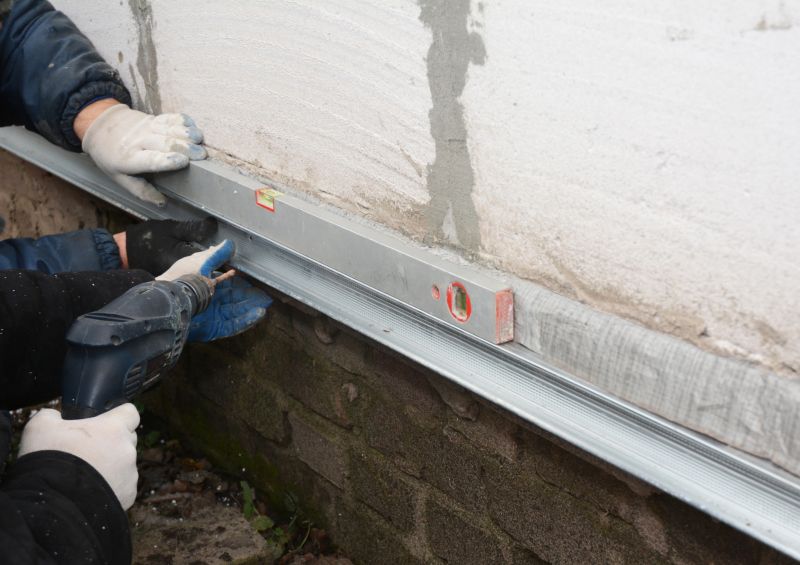
Soil stabilization helps prevent future settlement issues.
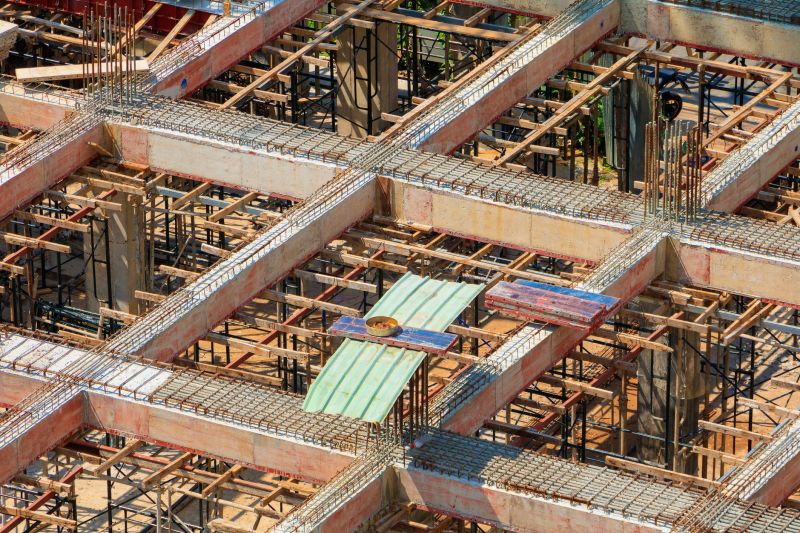
Piering is a common method for lifting and stabilizing foundations.
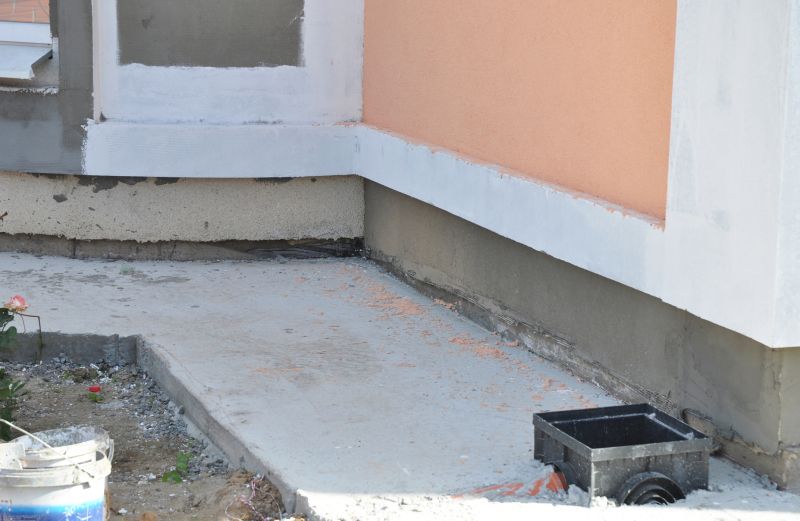
High-end options that actually feel worth it for Foundation Repairs.
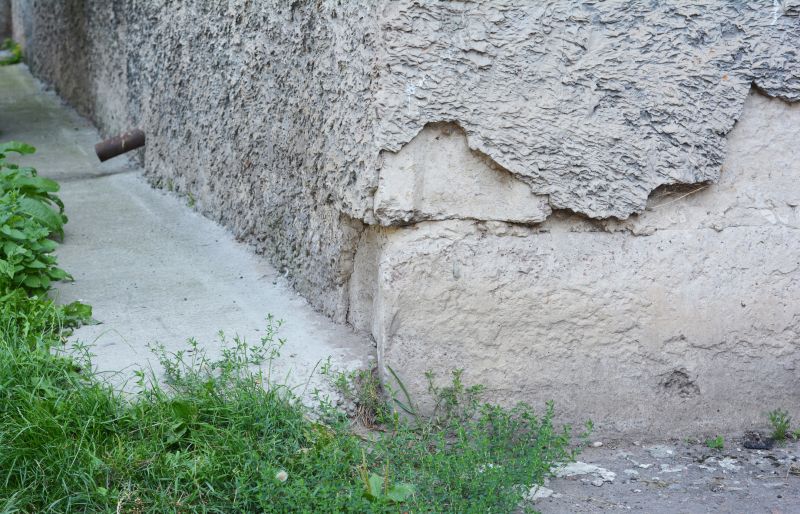
Finishes and colors that play nicely with Foundation Repairs.

Little measurements that prevent headaches on Foundation Repairs day.
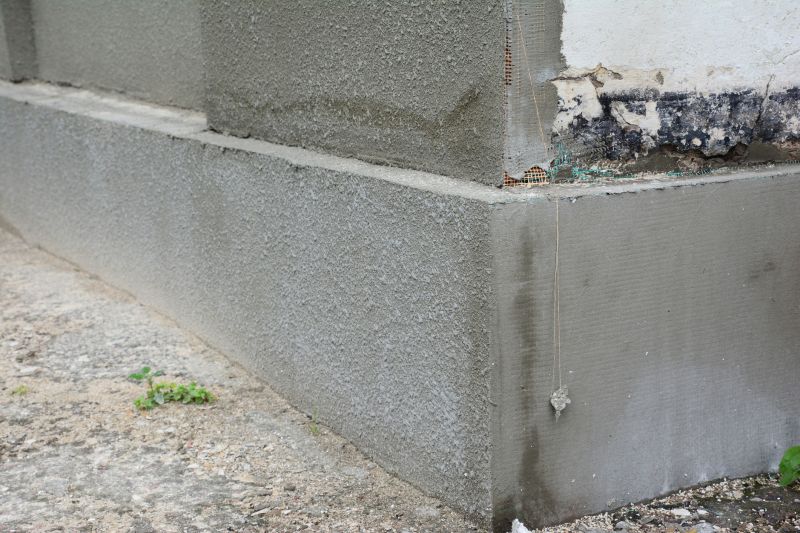
A 60-second routine that keeps Foundation Repairs looking new.
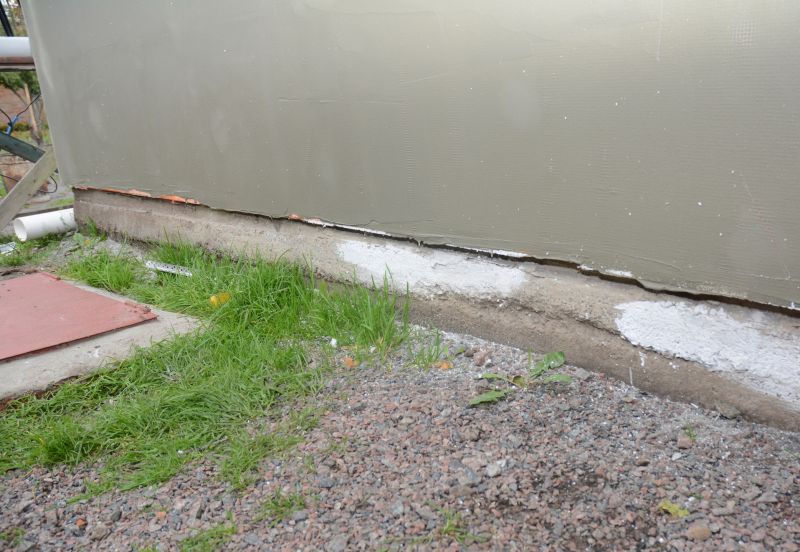
A frequent mistake in Foundation Repairs and how to dodge it.
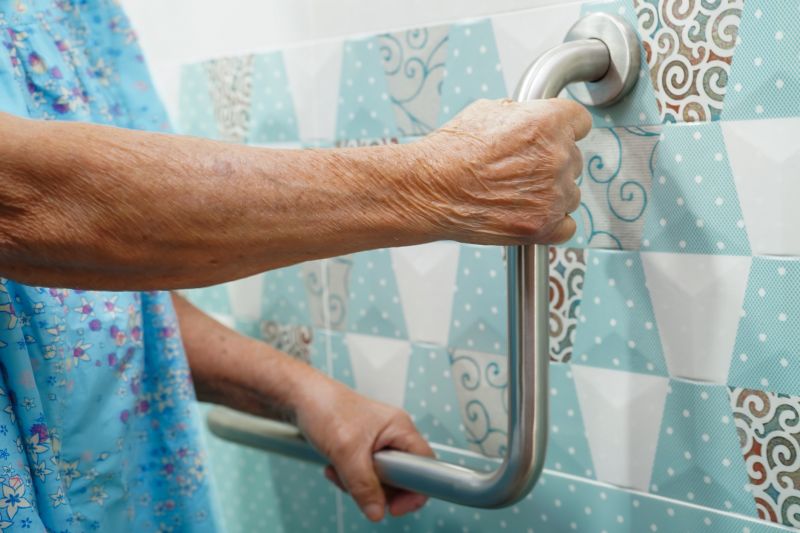
Small tweaks to make Foundation Repairs safer and easier to use.
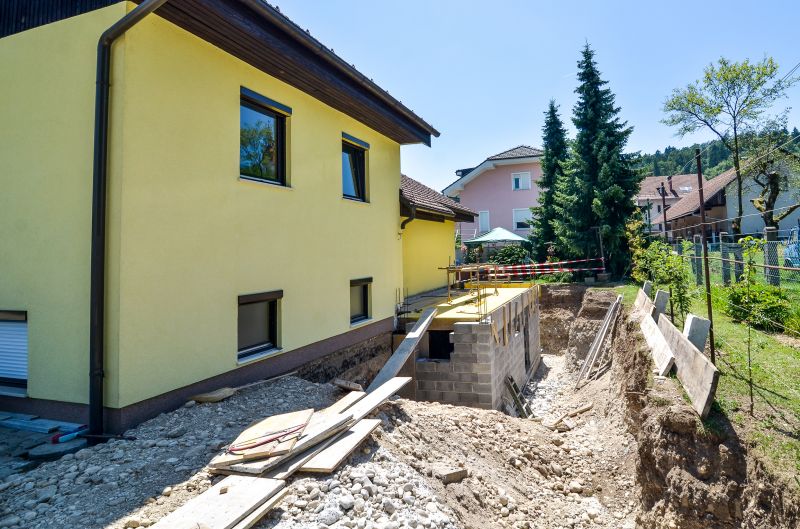
Lower-waste or water-saving choices for Foundation Repairs.

The short, realistic tool list for quality Foundation Repairs.
Choosing the right time for foundation repairs depends on local weather patterns and soil conditions. Consulting with a foundation specialist can help determine the most suitable window for repairs, ensuring effective and lasting results.
Cracks in walls, uneven floors, and sticking doors may indicate foundation issues.
Techniques include piering, slabjacking, and wall stabilization.
Addressing problems early can prevent extensive structural damage.
Soil type and moisture levels influence the timing and approach of repairs.

